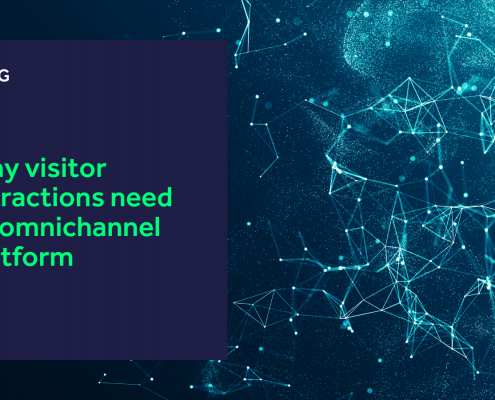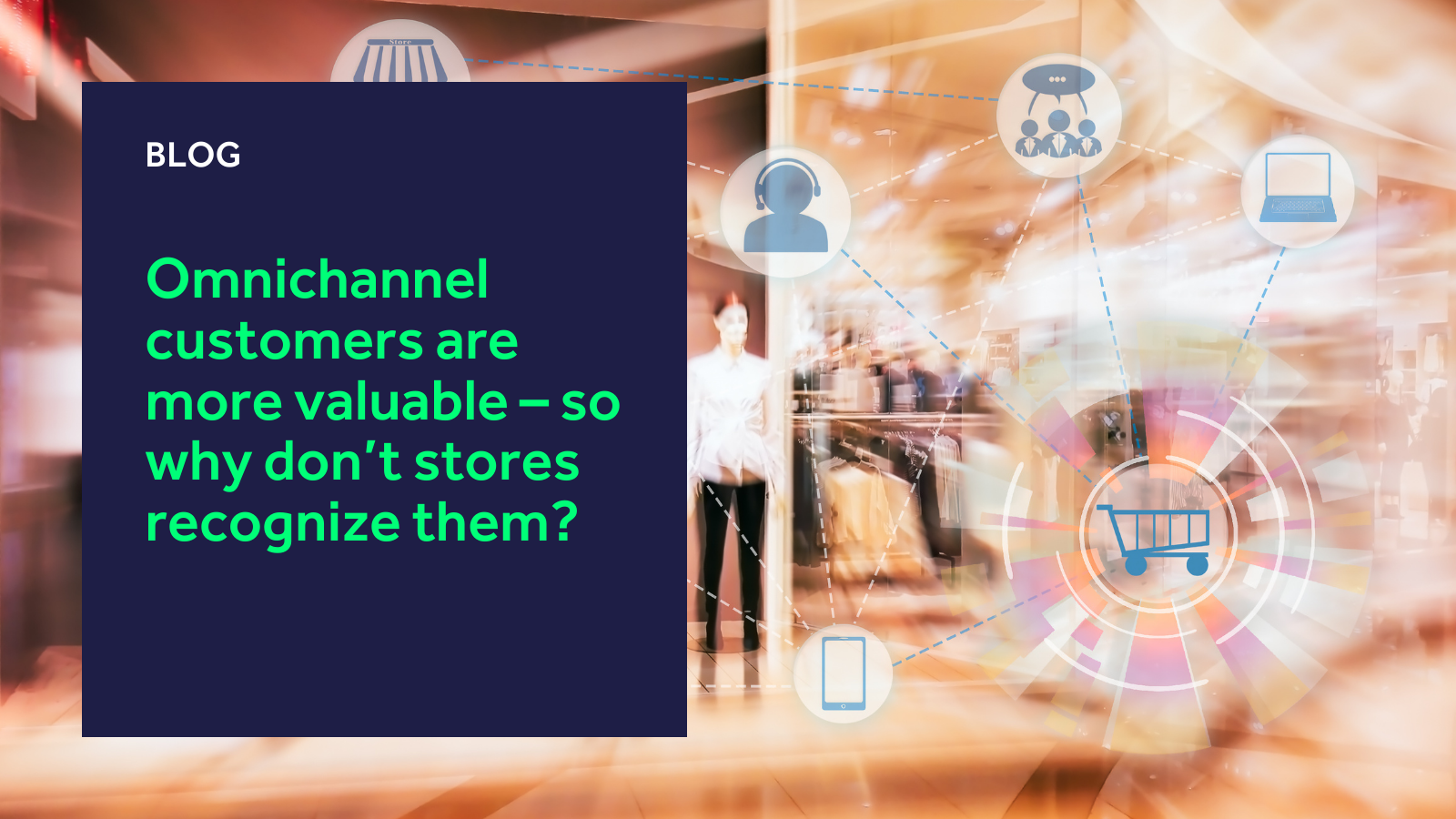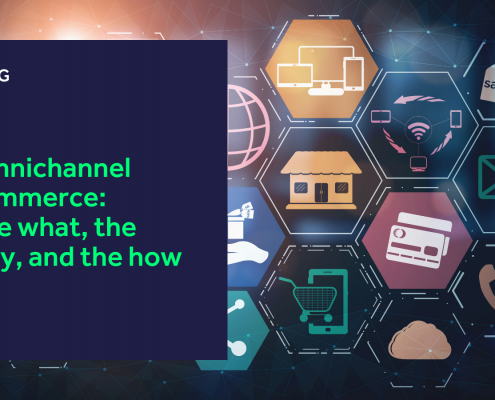Miya Knights is the publisher of Retail Technology, and an expert on retail with 23 years’ experience as a journalist, editor, analyst and author. She is ranked one of Vend’s top 50 retail influencers, having published successful books about Amazon and omnichannel retail, and regularly appears on national TV and radio.
Customer desires haven’t changed
What matters in retail hasn’t changed fundamentally over the past year. However, the way consumers shop has now gone beyond the tipping point.
The pandemic has sped up a change that was already well underway, and which the likes of Amazon kickstarted. In 2020, retailers’ ability to meet customers where they are was measured by their digital enablement. Urgency around omnichannel escalated and has reached a crisis point.
It’s no secret that digitally enabled retailers made a killing last year. Those with a strong omnichannel offering were best prepared to adapt and thrive when physical stores couldn’t operate.
Seizing the opportunity for more omnichannel customers
Out of necessity, more and more customers are becoming omnichannel shoppers. This has created a huge opportunity for retailers to identify and understand who their best customers are.
Harvard Business Review conducted research of 42,000 US consumers in 2017. As one of the largest studies on omnichannel consumers, it found the average consumer who shops across more than one channel, as opposed to a single channel-consumer, spends on average 4% more per visit in-store, and 10% more per visit online.
This basically means that your omnichannel customers are your best and most valuable customers. But you’d hardly know it walking into your average physical store.
Stores are digital black holes
Physical stores are digital black holes. You can navigate to the nearest store using your phone, you can create wish lists and favourites, fill a basket and place an order – but once you enter the store, all of that convenience, visibility and control disappears.
We could never have anticipated that a pandemic would present the opportunity for more digital checkpoints, but now it has. Low touch experiences and payments have forced digital channels onto the shop floor and given consumers a reason to get their phones out. Now it’s up to retailers to maintain this precedent and add value for their omnichannel customers by giving them an opportunity to be treated better than a one-time, anonymous cash-paying customer, both online and in-store.
Loyal customers want recognition
Recognizing your best customers also maps well onto the fact that an increasing number of customers want recognition for their continued custom. This is one of the most notable shifts in customer expectations over the past decade.
If you can incentivize people to identify themselves via mobile in-store, you can build a very powerful 360-degree view of your best omnichannel customers. Then you can use that information to find more like them. You can build more omnichannel relationships. Ultimately, having this kind of visibility into your most loyal customers will help you run a better business.
These are the principles behind the success Tesco had when it launched Clubcard in 1995. It wanted to recognize customers, to thank them and give them more of what they want. It’s not a new idea, but it can now be driven digitally, at scale. Now we can infer customer intent in real time, and we can respond in a dynamic and personalized way. Retailers need to start taking more advantage of that.
 https://www.k3btg.com/wp-content/uploads/2022/10/Omnichannel-blog-1.png
900
1600
Jordan Heal
https://www.k3btg.com/wp-content/uploads/2022/03/K3_Master_Colour_RGB.svg
Jordan Heal2022-10-17 13:36:512024-03-19 15:05:39Why operators in the visitor attraction space need an omnichannel-powered platform
https://www.k3btg.com/wp-content/uploads/2022/10/Omnichannel-blog-1.png
900
1600
Jordan Heal
https://www.k3btg.com/wp-content/uploads/2022/03/K3_Master_Colour_RGB.svg
Jordan Heal2022-10-17 13:36:512024-03-19 15:05:39Why operators in the visitor attraction space need an omnichannel-powered platform

